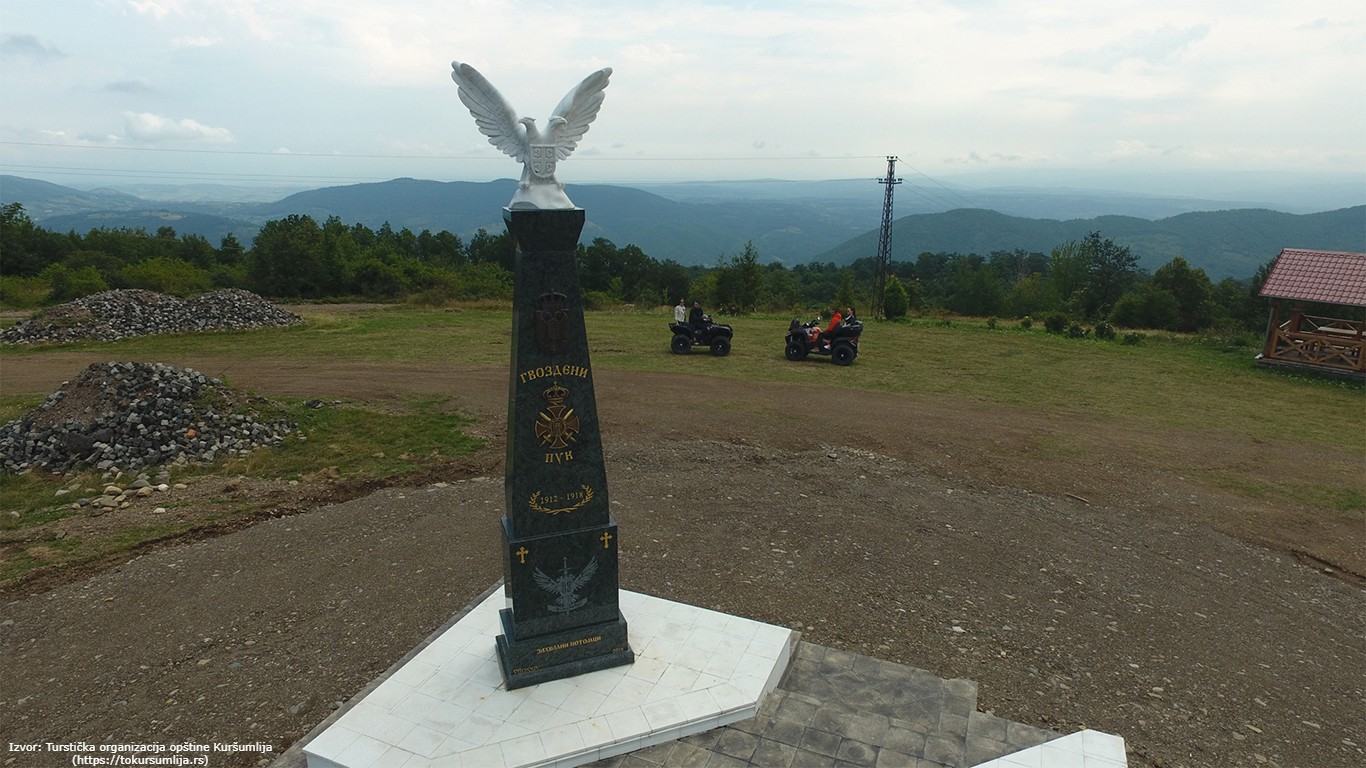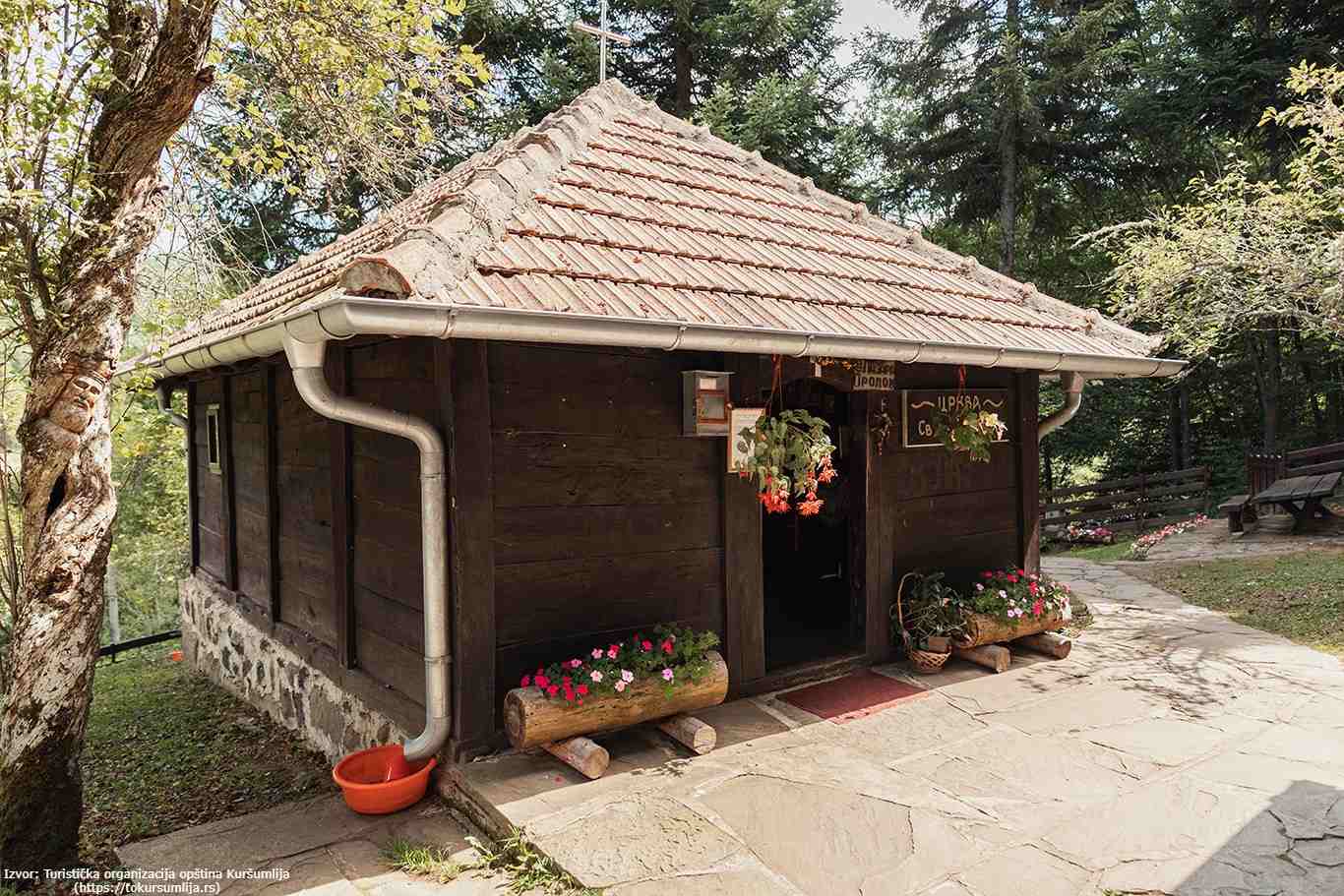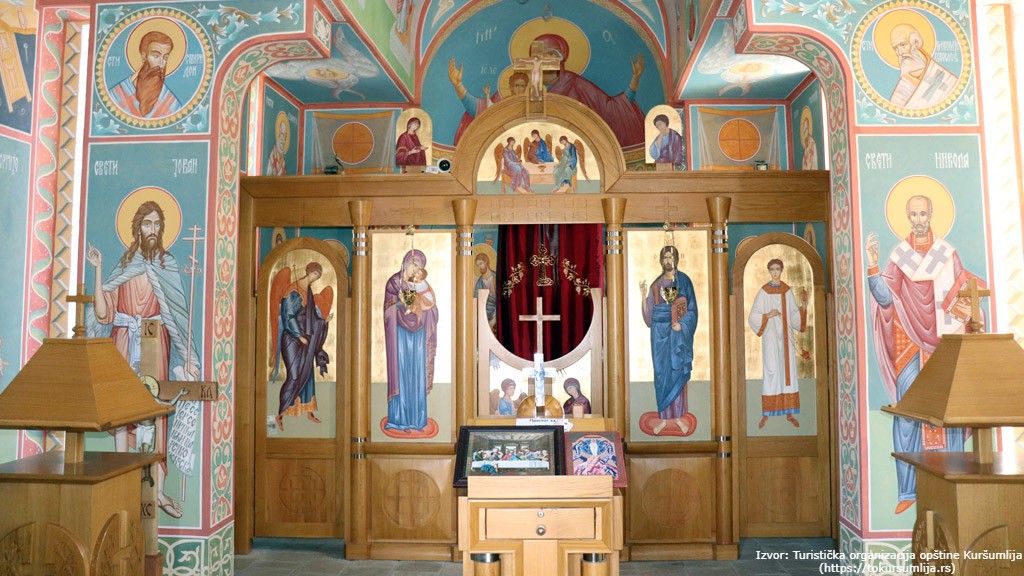Đavolja varoš
Share this attraction
Back

Đavolja varoš
Prolom Banja
Djavolja varos - the most important information
On the slopes of Radan Mountain there is a rare natural phenomenon that adorns the area of the village of DJake. It is only 30 kilometers away from Kursumlija and it is a mandatory stop every time you visit this area. The specificity of this natural landmark is especially evidenced by the fact that it was in the race for seven world wonders of nature all the way to the finals in 2010. Numerous folk legends have been told about the locality of Djavola varoc, and among them is the story of petrified wedding guests whose sin was prevented by God's power. The Government of the Republic of Serbia values it as a natural asset of exceptional importance and places it in the first category of protection. Today, the location is a tourist complex that offers you a number of interesting attractions.
History of Djavola varos
Strong volcanic activity in these areas has affected the regular erosion of loose and solid material. After the forests were destroyed by human action, the way was opened for the destructive action of water, which represents the first stage of creation. Rain and erosion destroyed the land everywhere except under the large stone rocks, creating pillars. The stones on the tops of the pillars directed water torrents that spiraled the ground and extended the height of the pillars, which is considered to be the second stage of creation. Various natural influences additionally strengthened the appearance of these 202 stone figures placed in two ravines named Djavolja jaruga and Paklena jaruga.
Due to their uniqueness, which makes them the most famous geomorphological phenomenon in Europe, they are classified in the Seven Serbian Wonders.There are two sources of acidic water in Djavolja varos, Djavolja voda and Crveno vrelo. Djavolja voda is a cold and extremely acidic spring and flows through the Djavolja jaruga, while Crveno vrelo is a water source with lower mineralization. Due to their exceptional healing properties, they are used for the purposes of spa treatment. The water was not tested enough to be used for drinking.
What to see?
The tourist complex in which Djavolja varos is located includes Prolom and Lukovska Banja. The church of Lazarica and the archeological site of Plocnik are located in the vicinity. The entire complex follows the path, which for the most part is not demanding, but you should be careful when walking over wet rocks. Set aside a little over an hour for a comprehensive walk. Be sure to pay attention to:
History of Djavola varos
Strong volcanic activity in these areas has affected the regular erosion of loose and solid material. After the forests were destroyed by human action, the way was opened for the destructive action of water, which represents the first stage of creation. Rain and erosion destroyed the land everywhere except under the large stone rocks, creating pillars. The stones on the tops of the pillars directed water torrents that spiraled the ground and extended the height of the pillars, which is considered to be the second stage of creation. Various natural influences additionally strengthened the appearance of these 202 stone figures placed in two ravines named Djavolja jaruga and Paklena jaruga.
Due to their uniqueness, which makes them the most famous geomorphological phenomenon in Europe, they are classified in the Seven Serbian Wonders.There are two sources of acidic water in Djavolja varos, Djavolja voda and Crveno vrelo. Djavolja voda is a cold and extremely acidic spring and flows through the Djavolja jaruga, while Crveno vrelo is a water source with lower mineralization. Due to their exceptional healing properties, they are used for the purposes of spa treatment. The water was not tested enough to be used for drinking.
What to see?
The tourist complex in which Djavolja varos is located includes Prolom and Lukovska Banja. The church of Lazarica and the archeological site of Plocnik are located in the vicinity. The entire complex follows the path, which for the most part is not demanding, but you should be careful when walking over wet rocks. Set aside a little over an hour for a comprehensive walk. Be sure to pay attention to:
- Wooden sculptures: Works by artists from numerous art colonies who were inspired by the legends of Djavolja varos.
- Mine shafts: During the 13th century, the Saxons worked in the mines in these parts of Serbia, the remains of which painted the streams red.
- Hot mineral waters
- View points: Paths and stairs lead to 3 lookouts that are connected and offer views of stone figures from many angles.
- Church of St. Petka from the 13th century
- Ethno inn Dva ambara and a fish pond
- Souvenir shops
Ticket prices
- Regular ticket 350 dinars
- Student excursions 300 dinars
Working hours
Visits to the tourist complex are organised every day, even on holidays, from 08:30 to 17:00. It is closed for visitations from November to March.
How to get to Djavolja varos?
From the direction of Prolom Banja to the foot of the tourist complex you are led by the state road 228 and the highway E-80. Follow the road 228 along the Prolomska river all the way to the place Rudare where you join the highway. The highway will take you through the places Desiska and Rača, from where you will cross the road along Velika Kosanica, towards Kupinovo and Zebica; the free parking in front of the trail is not far.
Visits to the tourist complex are organised every day, even on holidays, from 08:30 to 17:00. It is closed for visitations from November to March.
How to get to Djavolja varos?
From the direction of Prolom Banja to the foot of the tourist complex you are led by the state road 228 and the highway E-80. Follow the road 228 along the Prolomska river all the way to the place Rudare where you join the highway. The highway will take you through the places Desiska and Rača, from where you will cross the road along Velika Kosanica, towards Kupinovo and Zebica; the free parking in front of the trail is not far.





















































